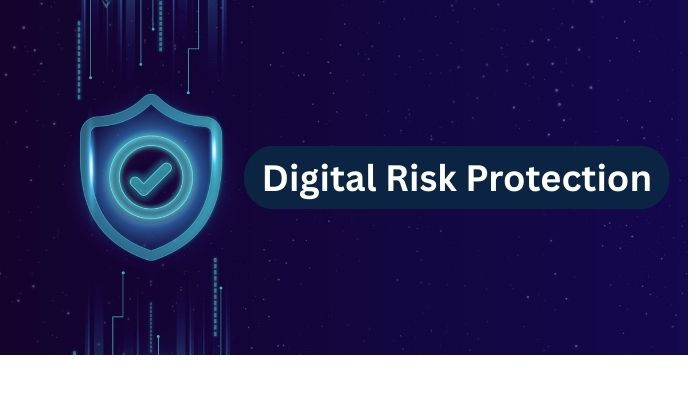
Digital Risk Protection (DRP) has become a vital component of any organization’s cybersecurity strategy. As businesses increasingly shift operations to digital platforms, they are simultaneously expanding their threat surfaces, leaving them more exposed to sophisticated and frequent cyber threats. The surge in cyberattacks targeting sensitive data, intellectual property, brand reputation, and critical infrastructure has elevated the importance of DRP solutions that can anticipate, identify, and mitigate digital risks in real time.
Digital Risk Protection is not just about responding to incidents—it is about proactive threat mitigation across the entire digital footprint of an organization. From monitoring surface, deep, and dark web activities to securing cloud-based assets, DRP encompasses a comprehensive, intelligence-driven approach to identifying vulnerabilities before they can be exploited.
Why DRP Matters in the Modern Cybersecurity Framework
Organizations today face a broad range of cyber risks, including phishing, credential leaks, brand impersonation, data breaches, ransomware, and supply chain attacks. These risks not only lead to potential financial losses, but also regulatory penalties, reputational damage, and business disruptions.
Here’s why implementing DRP has become mission-critical:
Strategic Direction of the Digital Risk Protection Market
As digital threats continue to grow in sophistication, the DRP market is evolving to meet new security demands with strategic innovation and advanced technological integration. Here are the key trends shaping the future of the DRP landscape:
1. AI and Machine Learning-Powered Threat Detection
Advanced DRP solutions are increasingly utilizing artificial intelligence (AI) and machine learning (ML) to deliver real-time threat detection and automated incident response. These technologies can process vast amounts of data to identify patterns, anomalies, and threats with greater speed and accuracy than traditional methods. AI-driven DRP systems continuously learn from past incidents to refine risk detection and mitigation strategies.
2. Integration of Threat Intelligence Networks
To combat rapidly emerging threats, DRP platforms are integrating with global threat intelligence feeds and dark web monitoring tools. This allows organizations to gain proactive insights into threat actor behavior, compromised credentials, and upcoming attacks. Real-time threat intelligence helps security teams stay ahead of attackers by enabling early intervention.
3. Unified Security Platforms with Automation
DRP is increasingly being embedded into comprehensive, unified security platforms that include Security Information and Event Management (SIEM), Endpoint Detection and Response (EDR), and Security Orchestration, Automation, and Response (SOAR) systems. Automation plays a critical role in accelerating detection, prioritizing risks, and orchestrating responses without manual intervention, thus improving the efficiency of security operations.
4. Emphasis on Cloud Security and Zero Trust Architecture
As enterprises adopt multi-cloud and hybrid environments, securing cloud assets becomes a top priority. DRP solutions are aligning with zero trust frameworks to verify every user and device before granting access. By integrating with identity and access management (IAM) systems and cloud security posture management (CSPM) tools, DRP platforms ensure secure access and continuous monitoring of cloud-based operations.
5. Regulatory Compliance and Data Privacy Management
Modern DRP solutions are designed with compliance in mind, helping organizations adhere to regional and international data privacy laws. These tools assist in identifying where sensitive data might be exposed externally and alerting teams before regulators or attackers discover the breach.
6. Incident Response and Resilience Building
A strong incident response strategy is crucial in today’s volatile threat environment. DRP supports incident response planning by providing contextual alerts, risk scoring, and suggested mitigation steps. Organizations are increasingly focusing on resilience—the ability to withstand and recover quickly from cyber disruptions. DRP contributes to this by enabling early threat discovery, limiting lateral movement, and ensuring minimal operational downtime.
Conclusion
As cyber threats become more complex and frequent, Digital Risk Protection has moved from a “nice-to-have” to a critical necessity for organizations seeking to secure their digital presence. By embracing advanced technologies, proactive threat intelligence, and integrated security strategies, DRP platforms offer comprehensive defense against the ever-evolving threat landscape.
Organizations that prioritize DRP are not only protecting their data and infrastructure—they are also investing in the long-term resilience, reputation, and regulatory compliance of their business. In a world where digital risk is inevitable, the key to survival lies in preparation, intelligence, and rapid response.


































